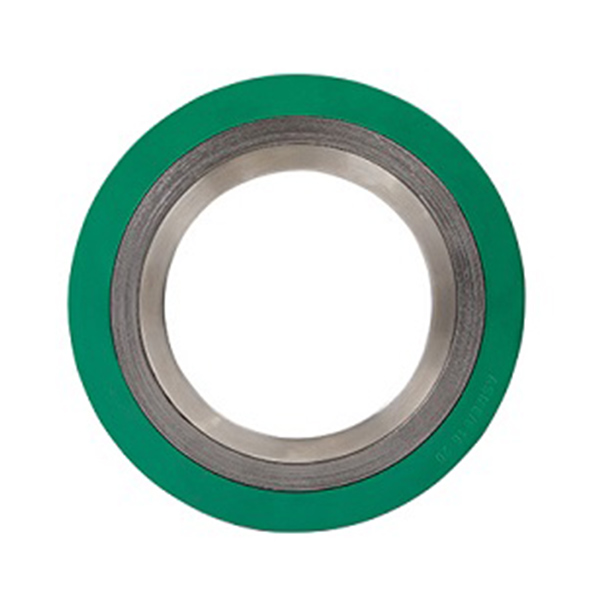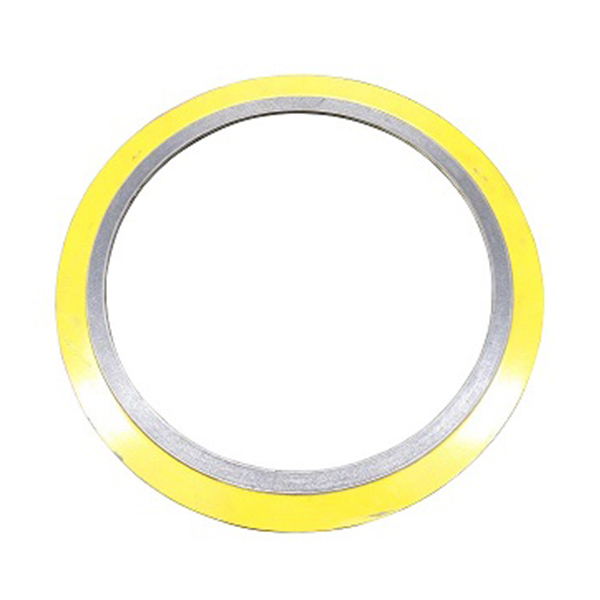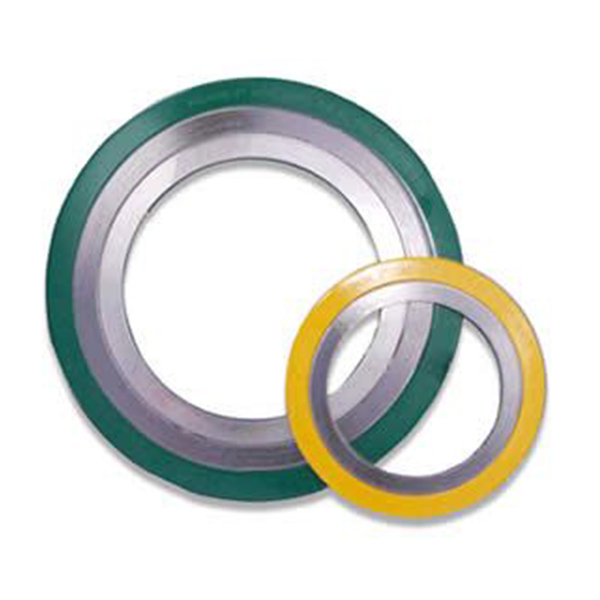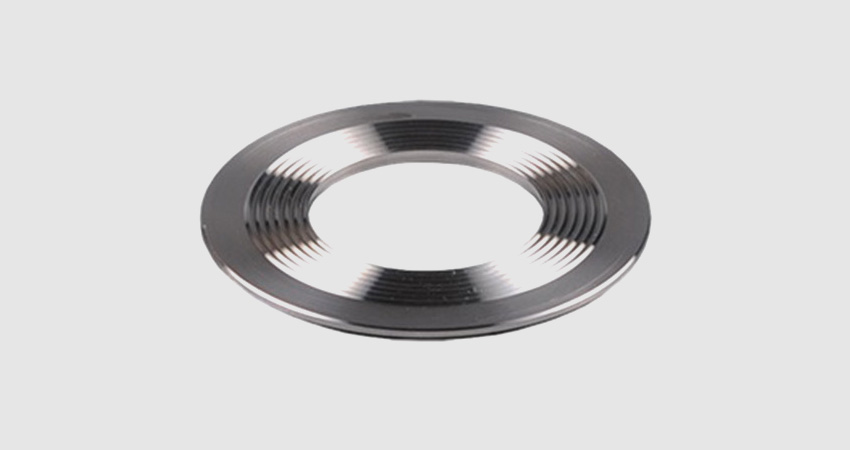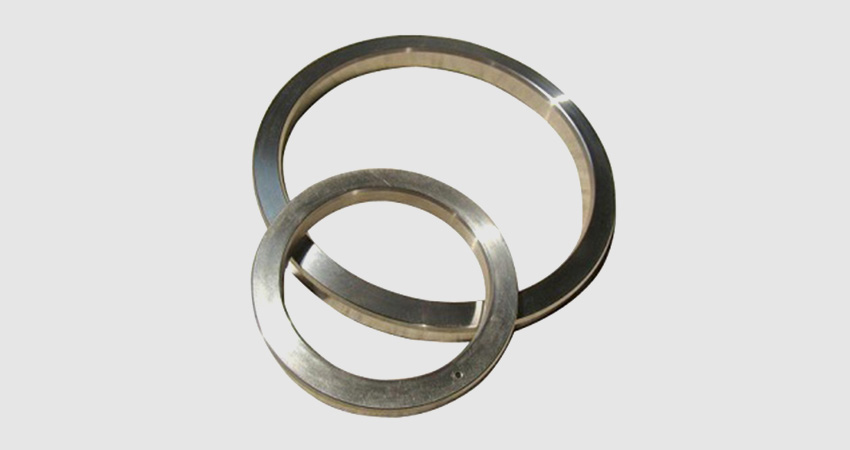Packing Materials
What Are Packing Materials?
Packing materials are essential products used to protect, cushion, and secure items during storage, shipping, and handling. They help prevent damage, reduce breakage, and ensure that goods arrive safely at their destination. From boxes and bubble wrap to foam and tapes, these materials come in various forms to meet different needs in industries like e-commerce, logistics, manufacturing, and retail.
Types of Packing Materials
- Boxes and Cartons: Corrugated cardboard boxes in multiple sizes for general packaging.
- Bubble Wrap: Plastic sheets with air bubbles for cushioning fragile items.
- Packing Peanuts: Loose-fill materials made from foam or biodegradable starch to fill voids.
- Foam Inserts: Custom-cut foam for securing sensitive products like electronics.
- Packing Tape: Strong adhesive tapes for sealing boxes and bundles.
- Stretch Wrap: Plastic film used to wrap and stabilize pallets.
- Paper-based Materials: Kraft paper, honeycomb paper, and void fill for eco-friendly options.
- Protective Mailers: Padded envelopes for shipping documents and small items.
Product Specifications and Parameters
Our packing materials are designed with precision to offer superior protection and durability. Below are detailed specifications for key products:
Corrugated Boxes
| Parameter | Specification |
|---|---|
| Material | Corrugated fiberboard (cardboard) |
| Weight Capacity | Up to 65 lbs (29.5 kg) |
| Common Sizes | 12x12x12 in, 18x18x18 in, 24x16x20 in (custom available) |
| Wall Type | Single-wall or double-wall for extra strength |
| Moisture Resistance | Standard or wax-coated options |
Bubble Wrap
| Parameter | Specification |
|---|---|
| Material | Low-density polyethylene (LDPE) film |
| Bubble Size | Small (3/16 inch) or large (1/2 inch) diameter |
| Roll Dimensions | 12 inches x 100 feet, 24 inches x 500 feet (varied options) |
| Protection Level | High shock absorption; anti-static variants available |
| Eco-friendly Option | Recyclable and biodegradable versions |
Packing Peanuts
| Parameter | Specification |
|---|---|
| Material | Polystyrene foam or cornstarch-based biodegradable |
| Size | Approximately 0.5-1 inch in length |
| Density | Lightweight, approx. 0.2-0.5 lbs per cubic foot |
| Usage | Void filling for boxes and crates; static-free for electronics |
| Environmental Impact | Biodegradable options dissolve in water |
Packing Tape
| Parameter | Specification |
|---|---|
| Material | Polypropylene or PVC backing with acrylic or hot melt adhesive |
| Width | 1.88 inches (48 mm) or 2 inches (50 mm) standard |
| Length per Roll | 55 yards (50 meters) or 110 yards (100 meters) |
| Tensile Strength | High, up to 60 lbs per inch width |
| Temperature Resistance | From -20°F to 180°F (-29°C to 82°C) |
Applications of Packing Materials
Packing materials serve diverse applications across various sectors:
- E-commerce: Protecting products during shipping to customers; using boxes, bubble wrap, and mailers.
- Logistics and Freight: Securing pallets with stretch wrap and cushioning with foam for long-distance transport.
- Manufacturing: Shielding components and finished goods with custom inserts and protective layers.
- Retail: In-store packaging for fragile items like glassware or electronics.
- Household Moving: Boxes, tapes, and padding for personal relocation needs.
Benefits of Using Quality Packing Materials
- Enhanced Protection: Reduces risk of damage from impacts, vibrations, and moisture.
- Cost Efficiency: Minimizes losses from returns and insurance claims due to damaged goods.
- Environmental Sustainability: Options like biodegradable peanuts and recyclable materials support eco-friendly practices.
- Customization: Tailored solutions for specific products improve efficiency and security.
- Ease of Use: Lightweight and user-friendly designs streamline packing processes.
FAQs About Packing Materials
What types of packing materials are best for fragile items?
Bubble wrap, foam inserts, and packing peanuts are ideal for fragile items as they provide excellent cushioning and shock absorption. For very delicate objects, consider double-boxing with ample padding.
How do I choose the right size box for my items?
Select a box that allows 2-3 inches of space on all sides for padding materials. Measure your item's dimensions and choose a box slightly larger to accommodate protective fillers like bubble wrap or peanuts.
Are there eco-friendly packing material options available?
Yes, options include biodegradable packing peanuts made from cornstarch, recyclable cardboard boxes, and paper-based padding like kraft paper or honeycomb wrap. These reduce environmental impact.
Can packing materials be reused or recycled?
Many materials, such as cardboard boxes, bubble wrap (if clean), and some foams, can be reused. Most cardboard and paper products are recyclable, while plastic-based materials may require specific recycling programs.
What is the difference between single-wall and double-wall corrugated boxes?
Single-wall boxes have one layer of fluting between liners, suitable for lighter items. Double-wall boxes have two layers, offering extra strength and durability for heavier or more valuable goods.
How does bubble wrap provide protection?
Bubble wrap contains air-filled bubbles that act as cushions, absorbing shocks and vibrations during transit. The air pockets distribute impact forces, preventing direct contact with fragile surfaces.
What tape is best for sealing heavy boxes?
Use packing tape with high tensile strength, typically polypropylene or reinforced tape, at least 2 inches wide. Ensure it has a strong adhesive to withstand weight and environmental conditions.
Are packing peanuts environmentally safe?
Traditional polystyrene peanuts are not biodegradable, but cornstarch-based alternatives are compostable and dissolve in water, making them a greener choice.
How can I prevent items from shifting in a box?
Fill voids with packing peanuts, crumpled paper, or air pillows to immobilize contents. Use dividers or foam inserts for multiple items to keep them separated and secure.
What are the advantages of using stretch wrap?
Stretch wrap stabilizes pallet loads by binding items together, preventing shifting during transport. It also protects against dust, moisture, and tampering.


